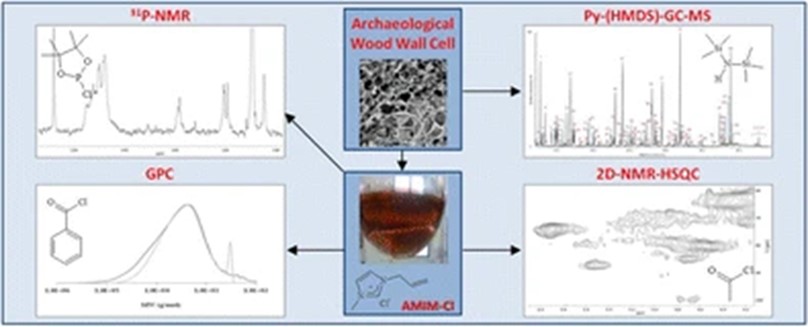Department of Earth and Environmental Sciences

The Department works since years in the Cultural Heritage field, especially with three research lines.
The first line concerns the Atmosphere and Cultural Heritage Chemistry (Prof. Ezio Bolzacchini, Prof. Luca Ferrero e dott.ssa Alessandra Bigogno). The goal is to check the air quality in indoor and outdoor museums and study the effects of atmospheric microcontaminants on CH works.
Conservation science is nowadays oriented to a preventive approach. L’approccio adottato dalla scienza della conservazione è sempre più orientato verso la conservazione preventiva. It is essential to monitor the environment in search of microcontaminants, gaseous, particulated or bioaerosol, together with humidity and temperature parameters. Even in museal environments equipped with filtration systems the guests carry with them gaseous and particulated microcontaminants. The gaseous component of the atmosphere can have oxidative effects and produce secondary particulate, even indoor.
In this context, together with Black Carbon blackening processes, deliquescence and crystallization points can cause CH degradation.
During the years the “Refettorio di Santa Maria delle Grazie” and the “Ultima Cena” of Leonardo da Vinci, the “Museo del Novecento”, where the “Quarto Stato” painting by Giuseppe Pellizza da Volpedo is stored, Galleria Borghese with the “Apollo e Dafne” statue by Bernini, La Pietà Rondanini by Michelangelo have been studied.
The second research line involves the contribution of the Microbiology group (Prof. Andra Franzetti e Dr. PhD Isabella Gandolfi) and studies the microbic aspects in CH, both in indoor and outdoor environments.
Microorganisms scattered in the air are usually associated with atmospheric particulate and are its main biological fraction. They are normally stopped by the filtration systems in museums, but the presence of guests can introduce exogenous microorganisms. These organisms accumulate together with the particulate material, on the artistic works as well as in other museal places.
An example of this situation is the Cenacolo Vinciano, where the guests are internationally distributed and carry with them a high variety of microbiological population. A sampling campaign was conducted in the environments where the guests usually walk. From the DNA extracted from the samples, the structure of the bacterial communities has been characterized using massive sequencing techniques (Illumina).
The third research line involves the Lignocellulosical chemistry group (Prof. Marco Orlandi, Prof. Luca Zoia), active in the chemical characterization and preservation of archaeological woods.

